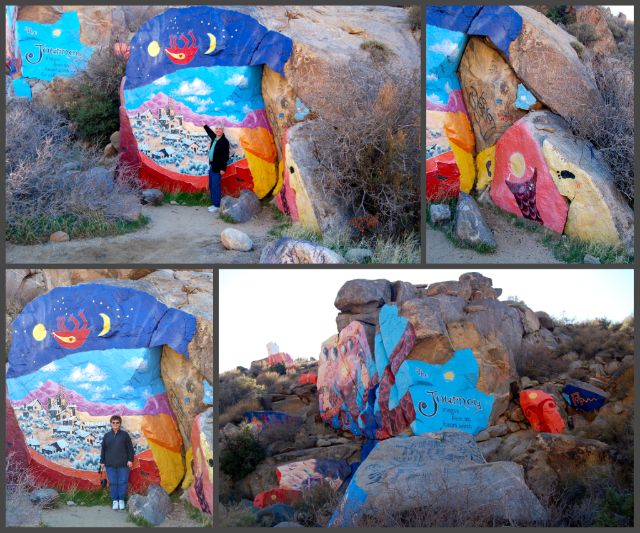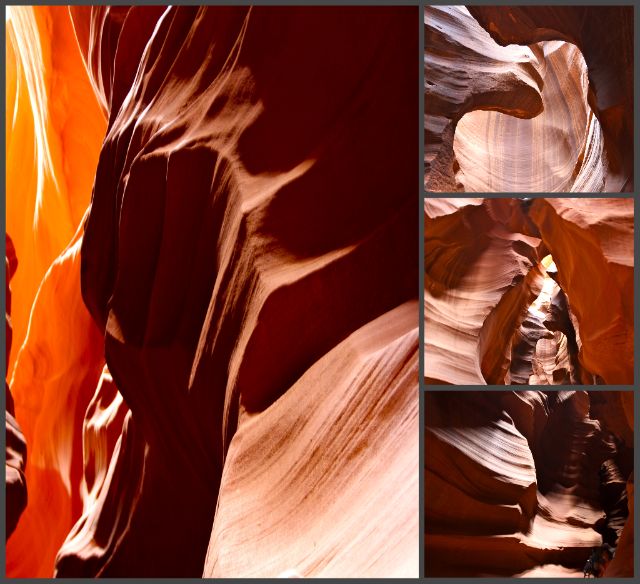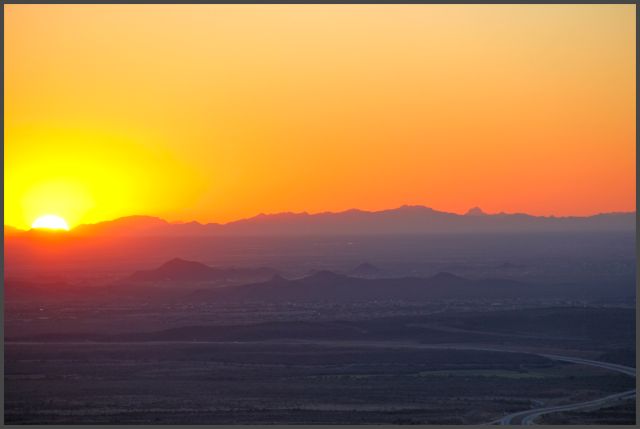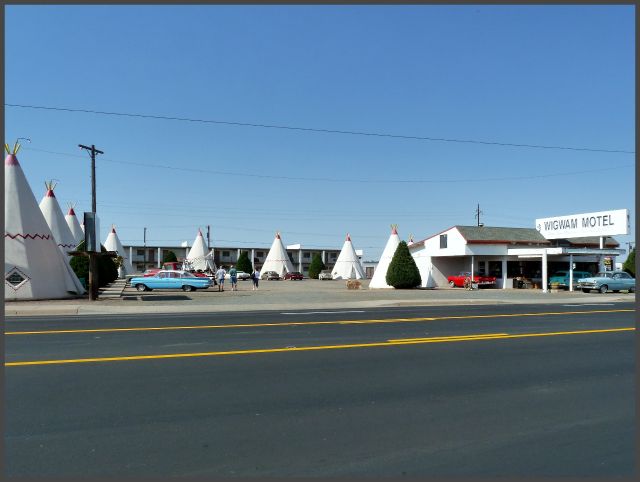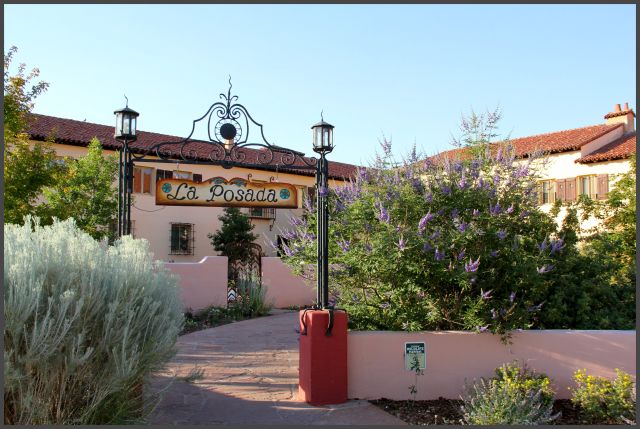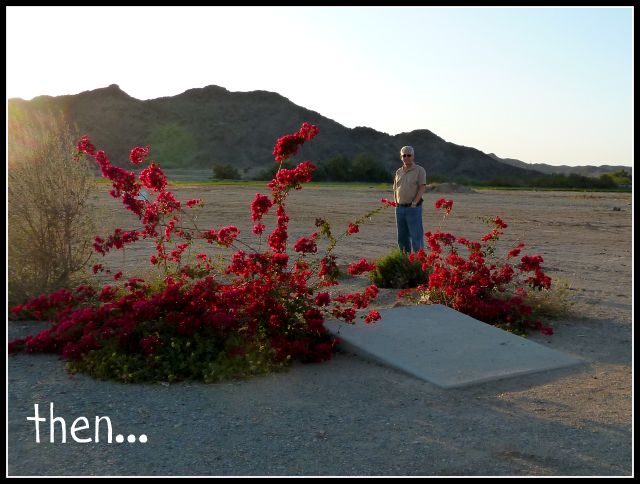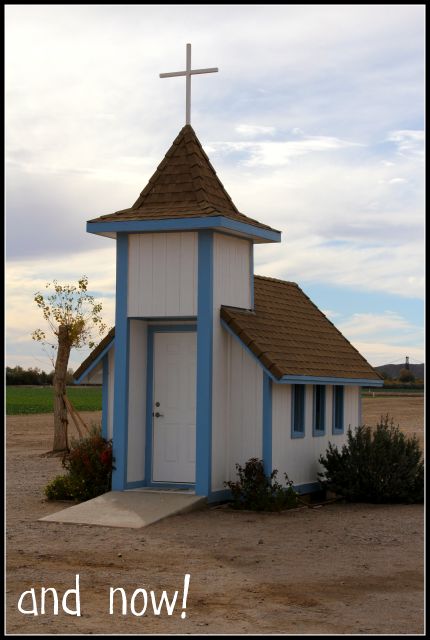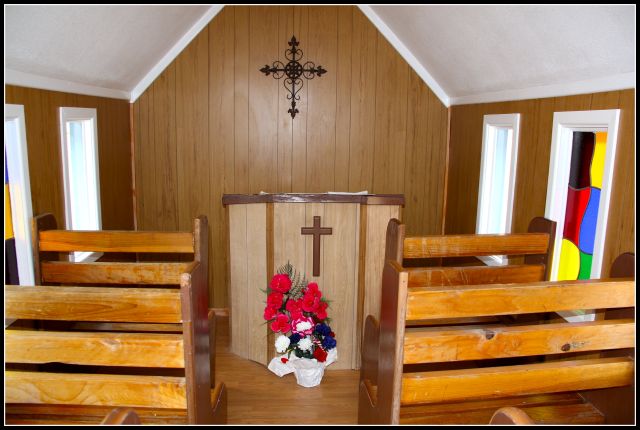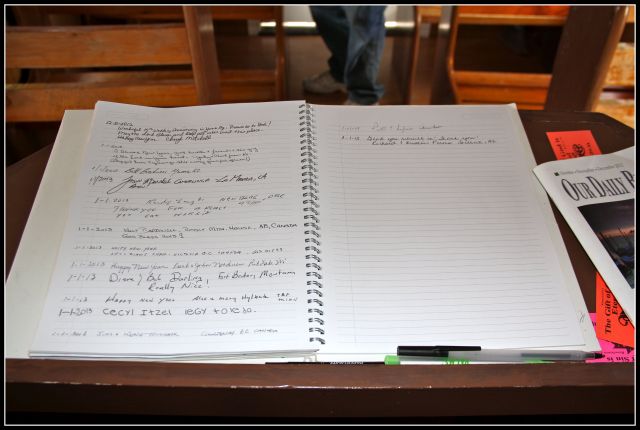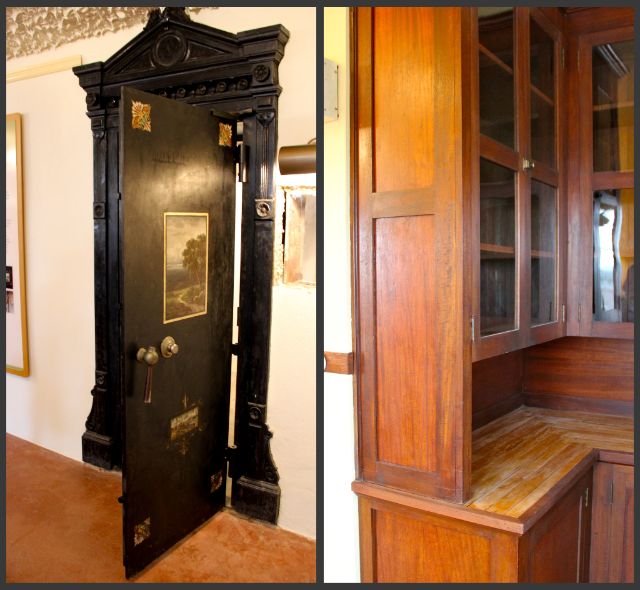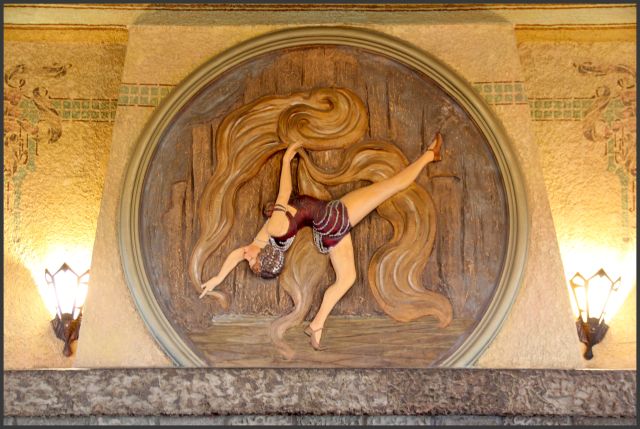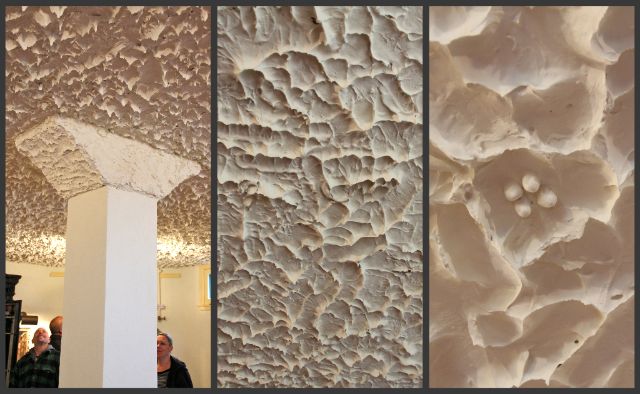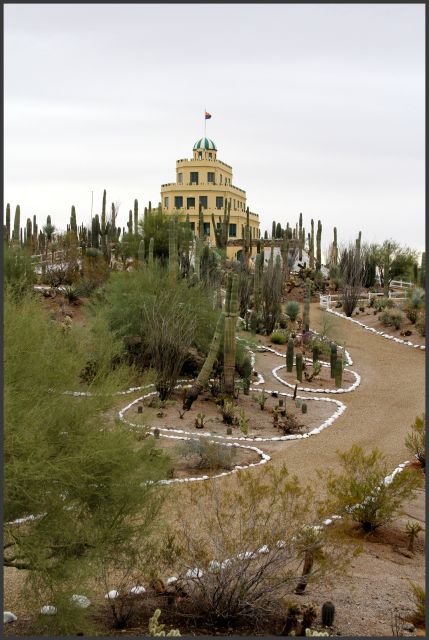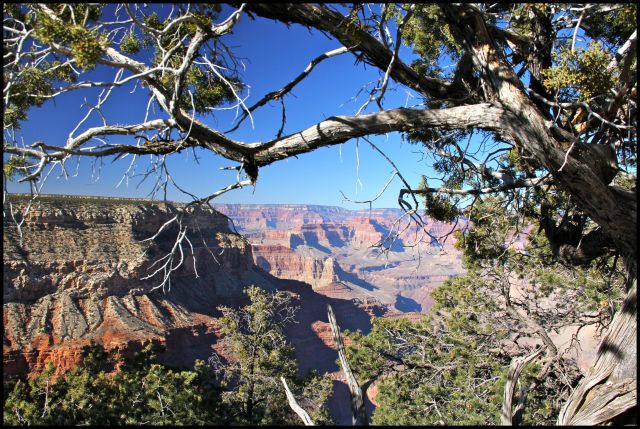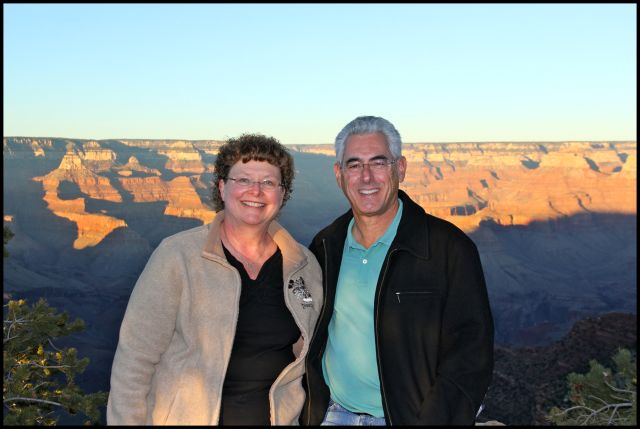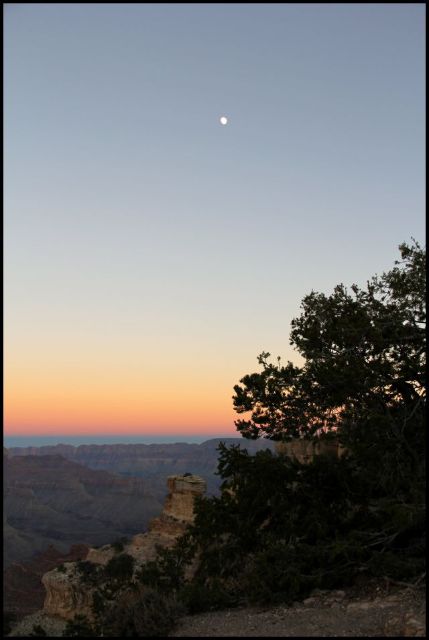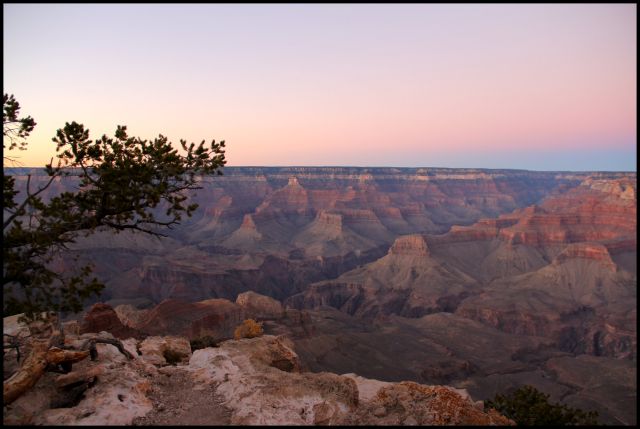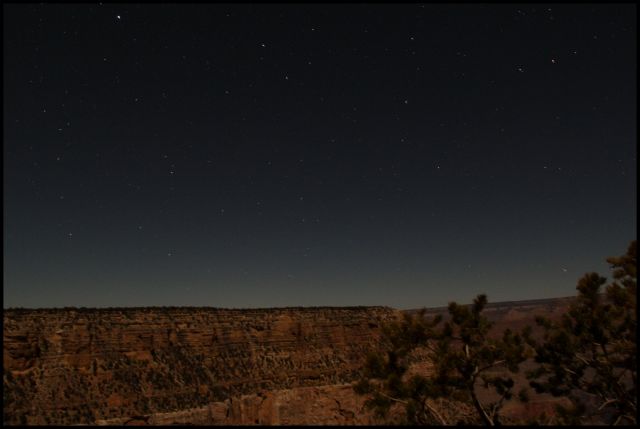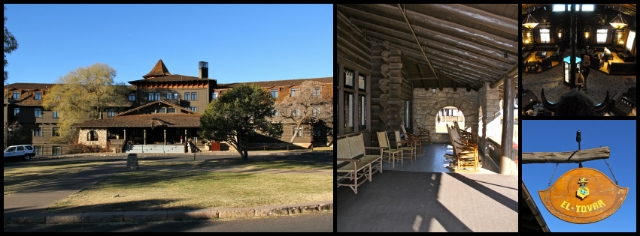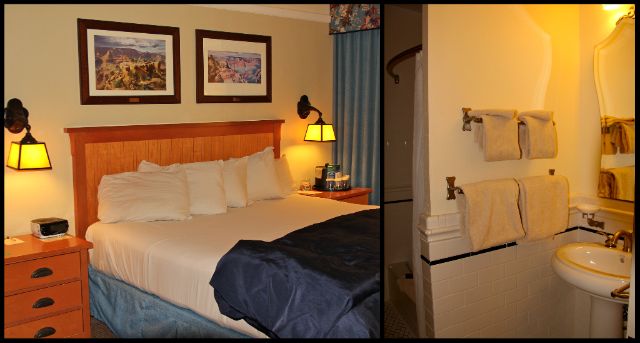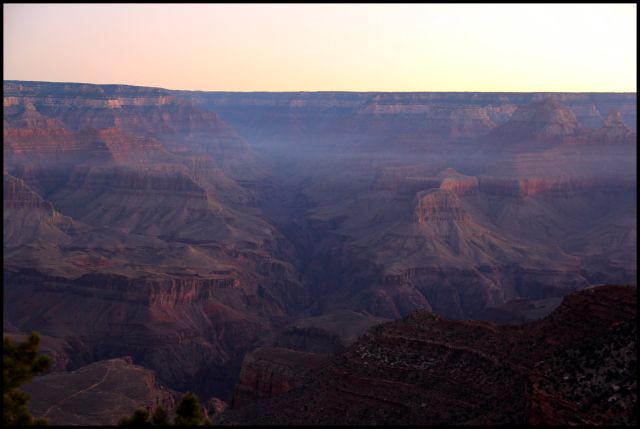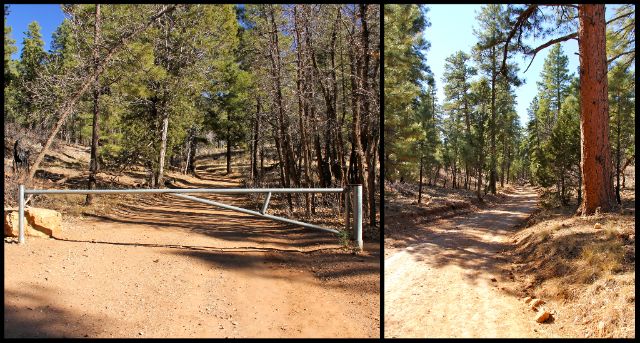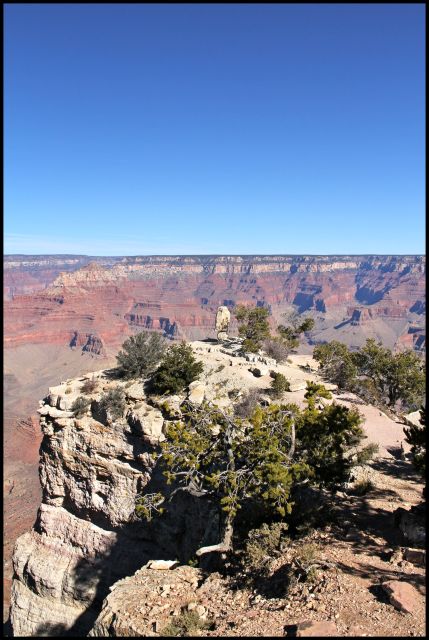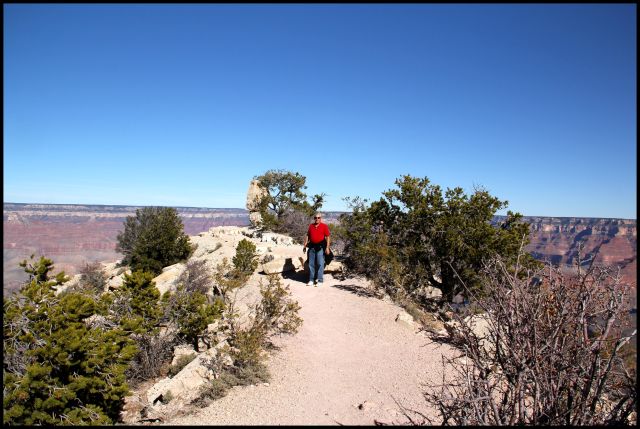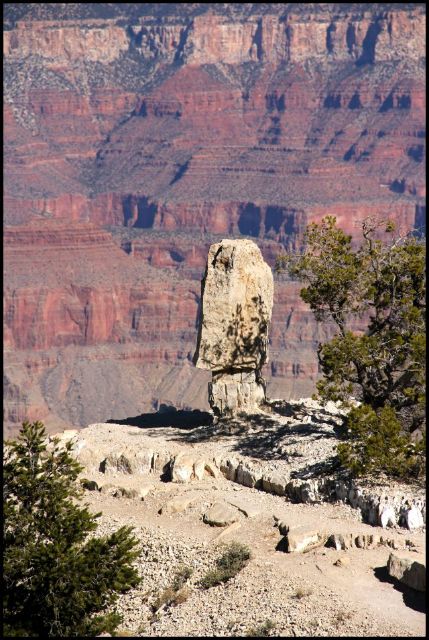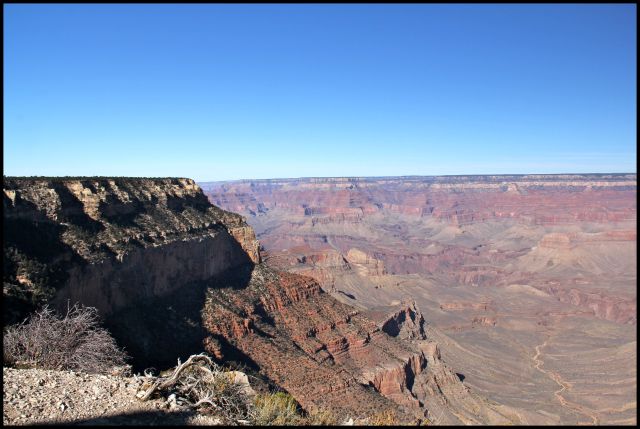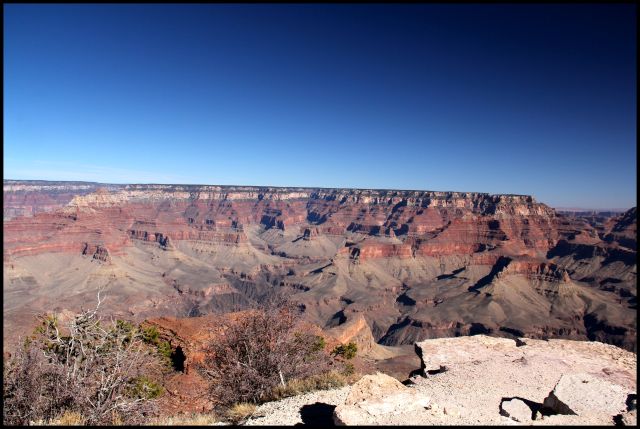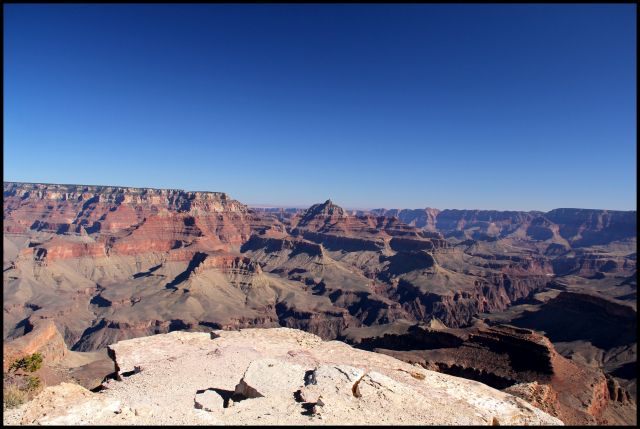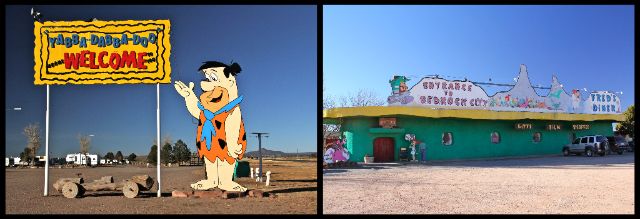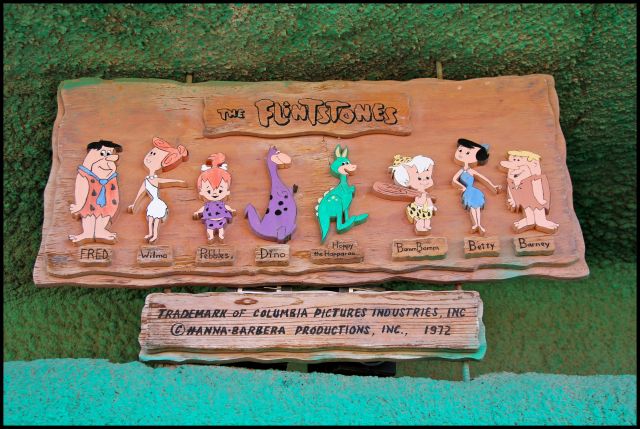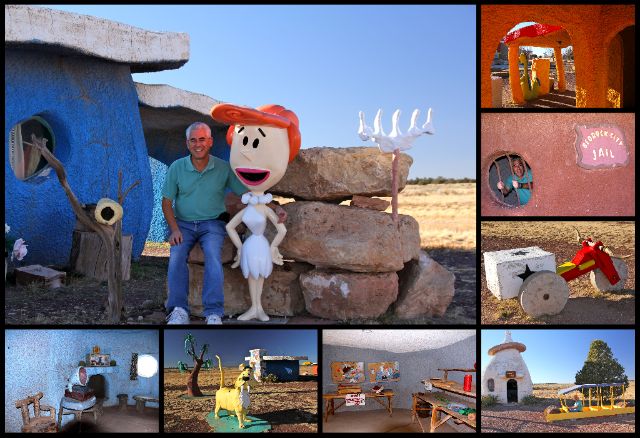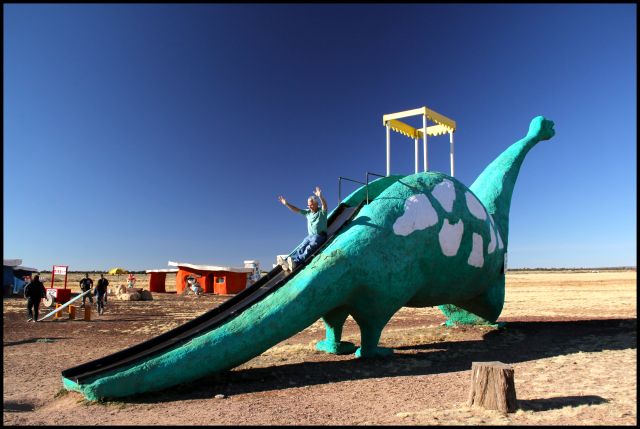Most of the things on the list Richard and I did together, some we did with adventurous friends who were willing to drive out of the way to see something that might be great or might be bogus, and a few I did by myself. Of the 100 things we saw/did, only five got a "Thumbs Down" and two were "Sideways Thumbs" which means that 93% of them were "Thumbs Up" most excellent adventures!
For those keeping score, we traveled 11,365.6 miles by car on freeways, two lane highways, city streets, national park roads, Indian reservation roads, paved roads, "graded roads," and dirt roads. We were not surprised that the air filter on our car needed to be replaced when we were done! I completely wore out (as in it was torn on the folds and falling apart) THREE Arizona road maps from AAA- and yes, I'm old-fashioned and use a paper road map, not an app on my phone or a navigation system.
We visited all three national parks in Arizona, four bridges, nine historic homes, seven museums, seven DDD (Guy Fieri's Diners, Drive-Ins and Dives) restaurants, and four historic hotels/motels. We rode on a ski lift, a hot air balloon, a glider, a train, a hummer that went rock climbing and Richard rode in a NASCAR race car. Are you seeing the adventure? Excellent!!
We tried to come up with a single favorite... and could not. We liked 93 things for different reasons. But just as Bill & Ted had to choose a few people throughout all of history to study and appreciate, we finally each chose five things. We made our lists independently and compared them after we were done. Not surprisingly, three of the five were the same for both of us. In no particular order, here they are:
Roy Purcell Murals in Chloride (#4) - Richard thought it was interesting to see how people put their own marks on things. Both ancient peoples and Roy Purcell in 1966 and graffiti artists or vandals (depending on your point of view) told a story on the huge boulders. I liked that a closet artist with a day job as a miner got his big break in art with these murals. The hike is pretty and the view from the top is beautiful.
Antelope Canyon (#18) - As Richard said, most people have seen a lot of photographs of Antelope Canyon (or other slot canyons) but you have to really experience them to appreciate their full beauty. Slot canyons are completely unlike any other canyon and well worth the trip to see one. Antelope Canyon is the one everyone talks about; it is crowded and we felt herded through like cattle. There are lots of other ones - we liked Secret Canyon (although it was not on my list).
Canyon de Chelly (#40) - Canyon de Chelly is not as enormous as the Grand Canyon or as popular as Antelope Canyon but it is most definitely one of Arizona's most bodacious treasures. Having a Navajo guide that shared stories about growing up in the canyon, how he learned to climb the canyon wall to get out and then seeing the cliff dwellings gave us a different perspective than you can get from viewing it topside.
While I wasn't shocked that we had several items in common, I also wasn't taken aback that we had a couple of different ones. Richard also liked:
Balloon Ride Over Arizona (#13) - This was something we both had wanted to do for a long time but Richard thought the height might be an issue. He was pleasantly surprised to discover that the height did not bother him at all and the views from "up there" as you float along are most excellent! We saw a magnificent sunset, had a great landing followed by champagne and finger food.
Wigwam Motel (#90) - The Wigwam Motel in Holbrook is right on Route 66 and was at one time the place to stay. For Richard, it was a nostalgic glimpse back in time when families made road trips together and stayed in small motels, not large resorts with every imaginable amenity. After all, it isn't every day you get to sleep in a concrete wigwam! An added bonus were the old classic cars hanging out in the parking lot that resembled characters from the movie Cars. And double bonus that Disney Pixar modeled the Cozy Cones Motel in Radiator Springs after the Wigwam Motel in Holbrook.
That just leaves the two other things on my list:
Wings Over Wilcox (#19) - I never, ever thought I'd be one of those people to get up before the crack of dawn to watch a bunch of birds. But WOW! Watching and hearing thousands of Sandhill Cranes (which are quite large) wake up and take flight in search of breakfast was most impressive. The sunrise was beauteous and the tour was well-done.
La Posada (#71) - Located in Winslow, La Posada is a beautiful resort but also so much more. It is rich in history, the stories of the people who have made it what it is are inspiring and the secret garden is heaven on earth. I hope to frequent it again... and again!
In the course of traveling over 11,000 miles, most of them together, we learned a few things that might be helpful as you plan and execute your excellent adventure.
- People do really stupid things. Do not be shocked; keep your cell phone handy so you can dial 911 quickly if need be. (This will be a blog post for another day.)
- ALWAYS take snacks and water - even when you think you won't need them. This tip would have saved us a considerable amount of money as concessioners always charge waaaay more than is necessary.
- Paper cups do NOT last forever. Throw them away before they leak liquid into your cupholders.
- Be sure to bring a roll of paper towels... to clean up said mess in #3.
- Highway 89 in Arizona runs all over the state, sometimes parallel to itself. Don't bother trying to figure it out, just go with the flow, dude!
- Excellent adventures are habit-forming. You may be quite sad when it ends.
- You will encounter a prodigious number of people - TALK TO THEM! We learned a lot by talking to other tourists, shop-owners, restaurant servers and tour guides - everyone has something to share.
- SMILE! Remember you are ambassadors of your state - be helpful & polite.
- Try the local cuisine. You can eat at chain places anywhere but this may be your only chance to have authentic Indian fry bread the way the Navajo eat it - with salt, not powdered sugar!
- Be excellent to each other. Party on, dudes! (Okay, that was Ted & Bill's advice but it's still valid!)
As I left the 100th place (Tovrea Castle, which I toured by myself due to scheduling conflicts), I was sad. There was nothing left on my list to see. And then I realized that it was because "this has been a most excellent adventure!" And now it's time for a different one.

